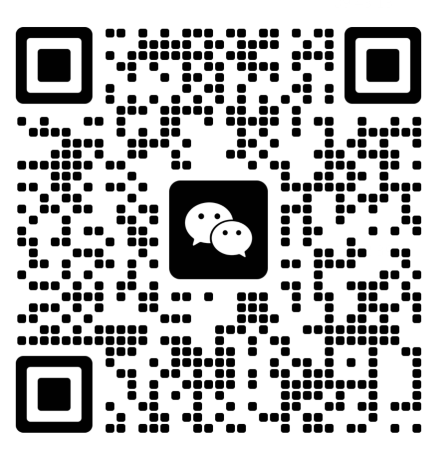 +86 755 2794 4155
+86 755 2794 4155  sales@knownpcb.com
sales@knownpcb.com
-
Shenzhen KNOWNPCB Technology Co., Ltd.
 +86 755 2794 4155
+86 755 2794 4155  sales@knownpcb.com
sales@knownpcb.com
 2024-08-22
2024-08-22
 367
367
Wave soldering technology
1: Wave soldering is the process of forming a specific shape of solder wave on the liquid surface of a solder tank using molten liquid solder and the action of a pump. The solder wave is then placed on a PCB with electronic components and transported on a chain, passing through the solder wave at a specific angle and immersion depth to achieve solder joint soldering. PCB circuit board
2: Wave crest surface: The surface of the wave is covered by a layer of oxide skin, which remains almost static along the entire length of the solder wave. During the wave crest soldering process, the PCB comes into contact with the leading surface of the tin wave, causing the oxide skin to break and pushing the tin wave in front of the PCB forward without any cracks or wrinkles
3: Solder joint formation: When the PCB enters the front end (A) of the wave crest, the substrate and pins are heated, and before leaving the wave crest (B), the entire PCB is immersed in solder, bridging by solder. However, at the moment of leaving the tail end of the wave crest, a small amount of solder adheres to the solder pad due to the wetting force, and due to surface tension, it shrinks to the minimum state centered on the lead. At this time, the wetting force between the solder and the solder pad is greater than the cohesive force between the two solder pads. Therefore, full and round solder joints will be formed, and excess solder leaving the tail of the wave will fall back into the tin pot due to gravity.
4: PCB circuit board to prevent bridging:
1. Use components/PCBs with good solderability; 2. Improve the activity of the soldering tool; 3. Increase the preheating temperature of the PCB and enhance the wetting performance of the solder pads; 4. Increase the temperature of the solder material; 5. Remove harmful impurities and reduce the cohesion of the solder to facilitate the separation of the solder between the two solder joints.

Or call +86 755 2794 4155
Inquiry Now

